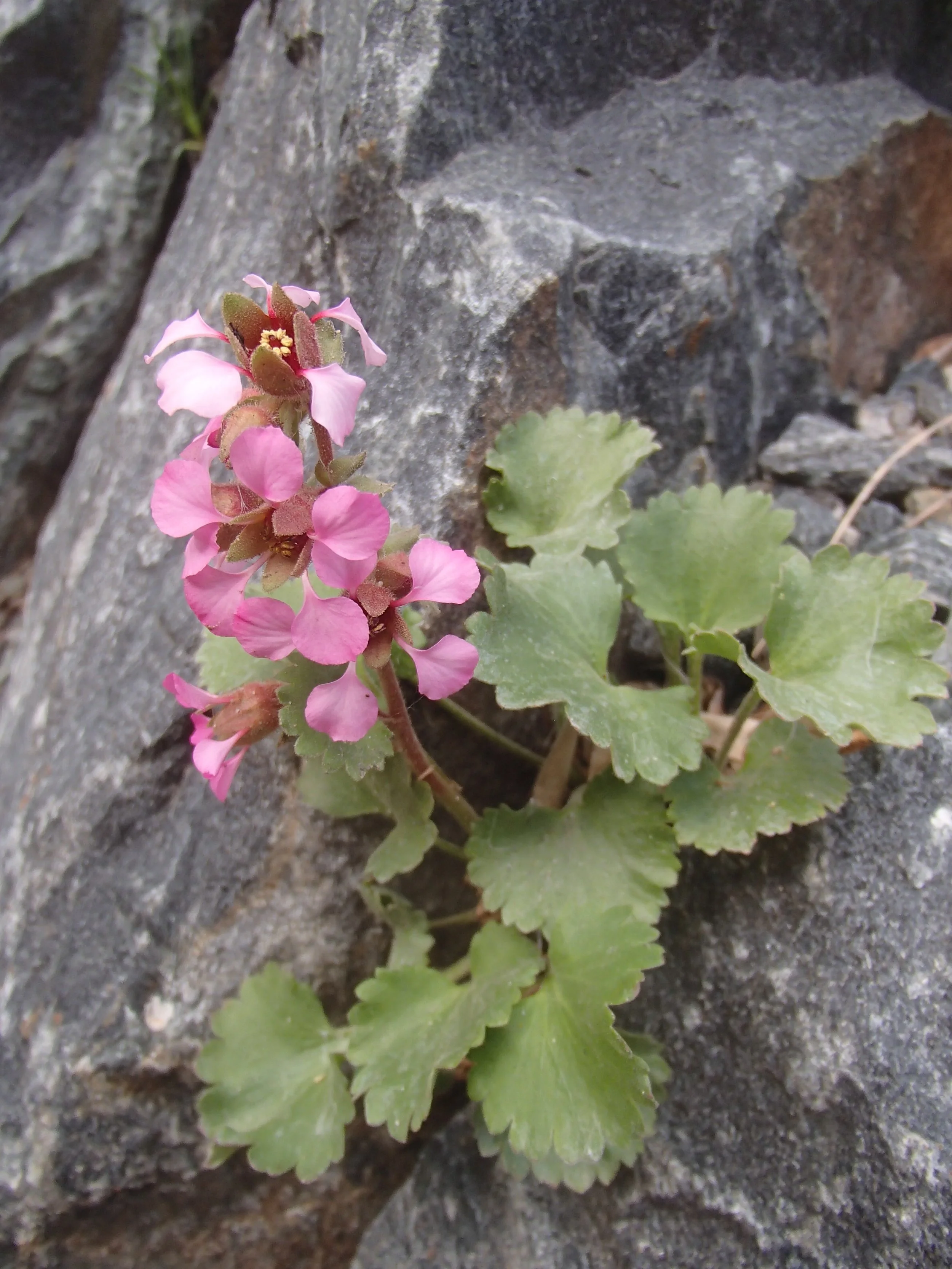
Pulsatilla grandis forma albiflora
A rare and exquisite spring-blooming perennial, Pulsatilla grandis forma albiflora is native to the open meadows and limestone grasslands of central and eastern Europe. Among the earliest flowers of the season, it sends up silky, silver-hairy buds that open into large, nodding white blossoms with golden centers. The flowers are followed by equally ornamental, feathery seed heads that persist into summer, catching the light and extending its season of beauty.
The finely divided, soft, hairy foliage emerges with the blooms and remains attractive through the growing season, adding a delicate texture to rock gardens, alpine plantings, and sunny borders. In the wild, it often thrives in dry, sunny, well-drained soils, and the same conditions will bring it success in cultivation. Its early blossoms provide valuable nectar and pollen for awakening bees and other pollinators.
Plant in full sun with well-drained, gritty or sandy soil. Avoid heavy, waterlogged sites. Once established, it is drought-tolerant and long-lived, but resents disturbance, so choose its position carefully.
Hardiness: USDA Zones 4–7
A rare and exquisite spring-blooming perennial, Pulsatilla grandis forma albiflora is native to the open meadows and limestone grasslands of central and eastern Europe. Among the earliest flowers of the season, it sends up silky, silver-hairy buds that open into large, nodding white blossoms with golden centers. The flowers are followed by equally ornamental, feathery seed heads that persist into summer, catching the light and extending its season of beauty.
The finely divided, soft, hairy foliage emerges with the blooms and remains attractive through the growing season, adding a delicate texture to rock gardens, alpine plantings, and sunny borders. In the wild, it often thrives in dry, sunny, well-drained soils, and the same conditions will bring it success in cultivation. Its early blossoms provide valuable nectar and pollen for awakening bees and other pollinators.
Plant in full sun with well-drained, gritty or sandy soil. Avoid heavy, waterlogged sites. Once established, it is drought-tolerant and long-lived, but resents disturbance, so choose its position carefully.
Hardiness: USDA Zones 4–7







